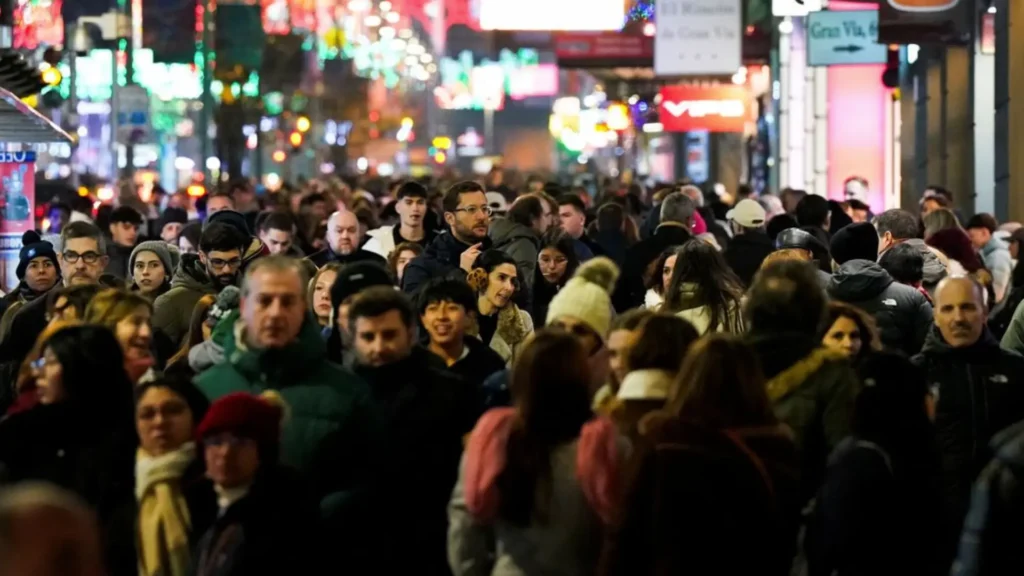Discover Madrid: Your Essential Guide to explore the city
Join us in Madrid for WFS 2025 at La Nave Cultural, a hub of innovation and creativity. This guide provides key information on accommodations, local insights, and practical tips to enhance your experience in Spain’s vibrant capital.
Networking Guide
Networking
Guide
We want you to make the most of your experience, so we have created this networking guide, specifically tailored to your situation and the event’s cultural context:
- Block a daily 30‑min slot to answer app requests before and during the event.
- Star a Top‑20 contact list for the 2 days; focus effort there.
- Skip celebrity/opinion-leader hunts unless you genuinely solve their pain.
- Craft a two‑line self‑intro + clear aim of the conversation.
- Send reminders to confirmed meeting prospects: day‑before & 30 min pre‑meeting.
- Keep meetings to 15 minutes. Questions at the start help you tailor the conversation.
- Offer value first (insight, intro, data) before any ask.
- Swap LinkedIn QR codes immediately.
- Log one personal detail after each chat, especially if there’s intent to follow-up.
- Sometimes the person pitching to you is not for you, but it might be for others in your network - refer them to those people.
- Define 3 learning goals before arrival.
- Prepare a 60‑second pitch focused on skills and value.
- Schedule 5 informational interviews per day to gain real insights.
- Attend sector meet‑ups outside your comfort zone.
- Take notes on career paths shared by speakers.
- Join speed‑networking to practice concise pitching.
- Connect with peers from other academic institutions—future colleagues and allies.
- Respect senior execs’ time; keep asks brief.
- Send a “what I learned from you” message post‑event to top contacts.
- Set 30‑day reminders to revisit top connections.
- Map attending investors’ portfolios; tailor each pitch.
- Schedule meetings in 15‑min “bursts”; leave buffer.
- Collect feedback, not just funding. Expect directness and honesty back.
- Seek partnerships with complementary startups.
- Book morning slots— fresher minds at the start of the day.
- Bring a portable charger.
- Identify top 10 CLF pain points beforehand.
- Lead pitch with proven case study, not features.
- Attend sector‑specific sessions to meet niche leads.
- Prioritise quality over quantity meetings.
- Track competitor booths and social media posts discretely for insights.
- Attend at least one sector session beyond your niche to shift your perspective.
- Arrive with a clear objectives for the event beyond the catch-up.
- Attend brand‑marketing sessions for activation ideas.
- Research and meet relevant NGOs for CSR collaborations.
- Plan 15‑min sponsor health checks.
- Leverage the opportunity to meet with peer clubs or potential partner clubs.
- Offer warm intros between sponsors & startups when relevant.
- Scan social buzz around the event on day 1 for emerging voices to meet on day 2.
- Network with clubs for internship pipelines - provide success stories on other CLFs.
- Share latest research in one‑page summaries.
- Promote scholarship opportunities.
- Host coffee round‑table with alumni in attendance.
- Seek joint‑research MOU with CLFs.
- Engage on LinkedIn with conference insights.
- Plan follow‑up webinars for captured leads.
- Invite NGOs for guest‑lecture opportunities.
- Deliver certificates of attendance to your students.
Cultural Considerations
Cultural
Considerations
- Arrive on time, but expect sessions to start 5–10 min late. Keep meetings punctual.
- Business greetings begin with a firm handshake; social settings may involve a light double‑cheek kiss with women (always let the woman decide).
- Dress sharp “elegant‑casual”. October weather is mild—layers work.
- Networking over coffee or tapas is usual; invitations for “cañas” (beer) after events is not uncommon, especially amongst younger professionals.
- English is widely spoken at WFS, but basic Spanish (“Hola”, “Gracias”) is appreciated and celebrated.
- Hierarchies flatten quickly—first names are fine once introduced, but address senior officials formally at first.
- Expect warmth from local professionals, Madrid is a very open city!

Plan your journey to The Event
Plan your journey to
The Event
Rafael Hoteles
Radisson Hotels
Exe Hotels
Bus
Take line 79 from Plaza Elíptica directly to Villaverde Bajo. Walk approx. 10 minutes to La Nave. Estimated time: 35–45 minutes.
Train
Take Metro Line 3 to Villaverde Bajo – Cruce, then walk or take bus 123. Alternatively, take Cercanías (local train) C3 or C4 from Sol or Atocha to Villaverde Bajo station. Walk approx. 10 minutes.
Taxi
A direct ride from central Madrid to La Nave takes approx. 20–25 minutes depending on traffic. Bolt and traditional taxis are all available.
What to see & do in Madrid
Know Before you GO
Know
Before you GO
Currency & Payments
Spain uses the Euro (€). Credit cards are widely accepted.
Contactless and mobile payments are common.
Useful Phrases
Hola – Hello
Gracias – Thank you
¿Dónde está La Nave? – Where is La Nave?
¿Cuánto cuesta? – How much does it cost?
La cuenta, por favor – The check, please
Electricity & Plugs
Type C and F plugs. Voltage: 230V. Bring a European adapter if needed.
Dress Code
Smart casual for city touring. Business formal recommended for the summit and executive dinners.



